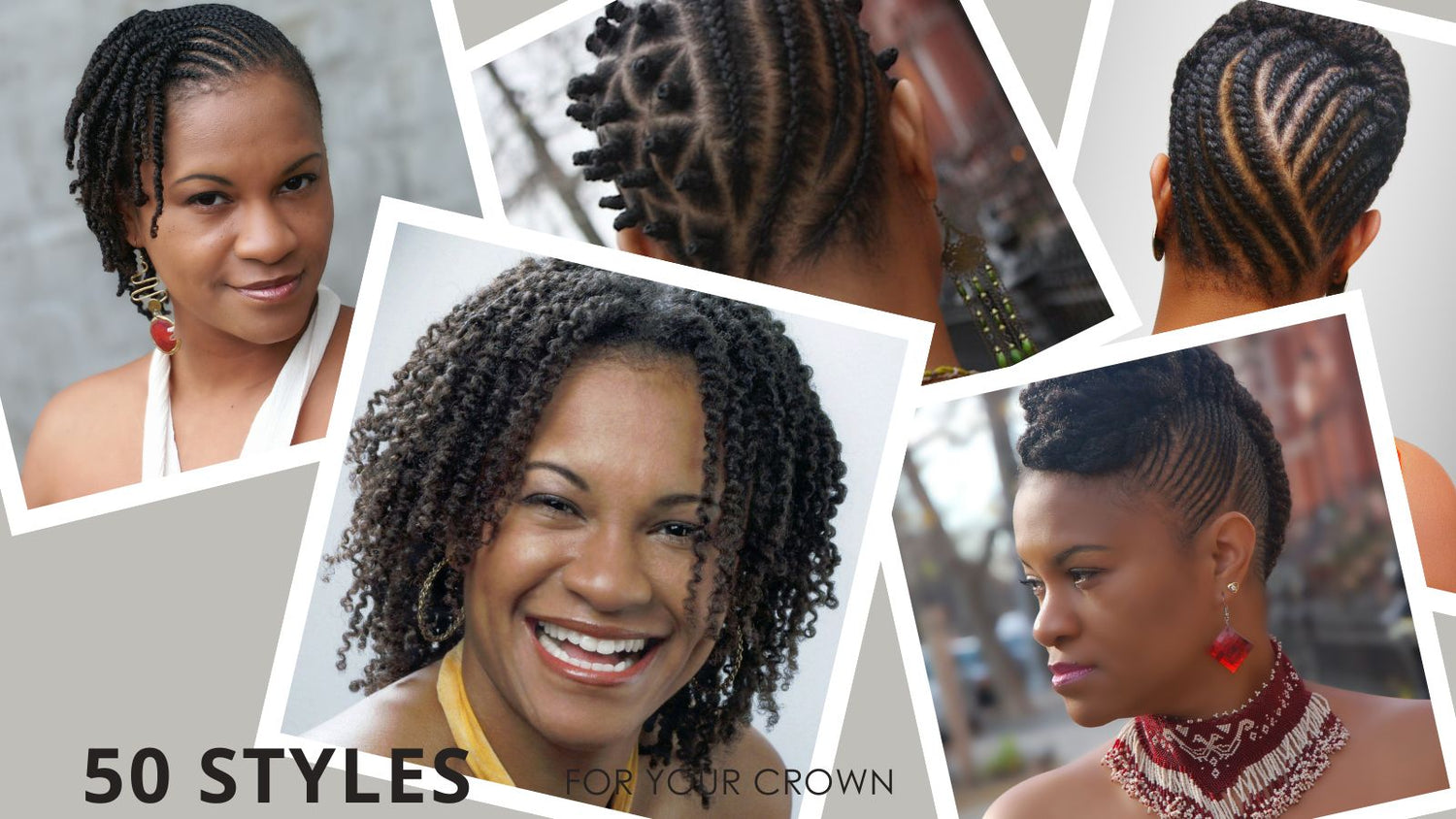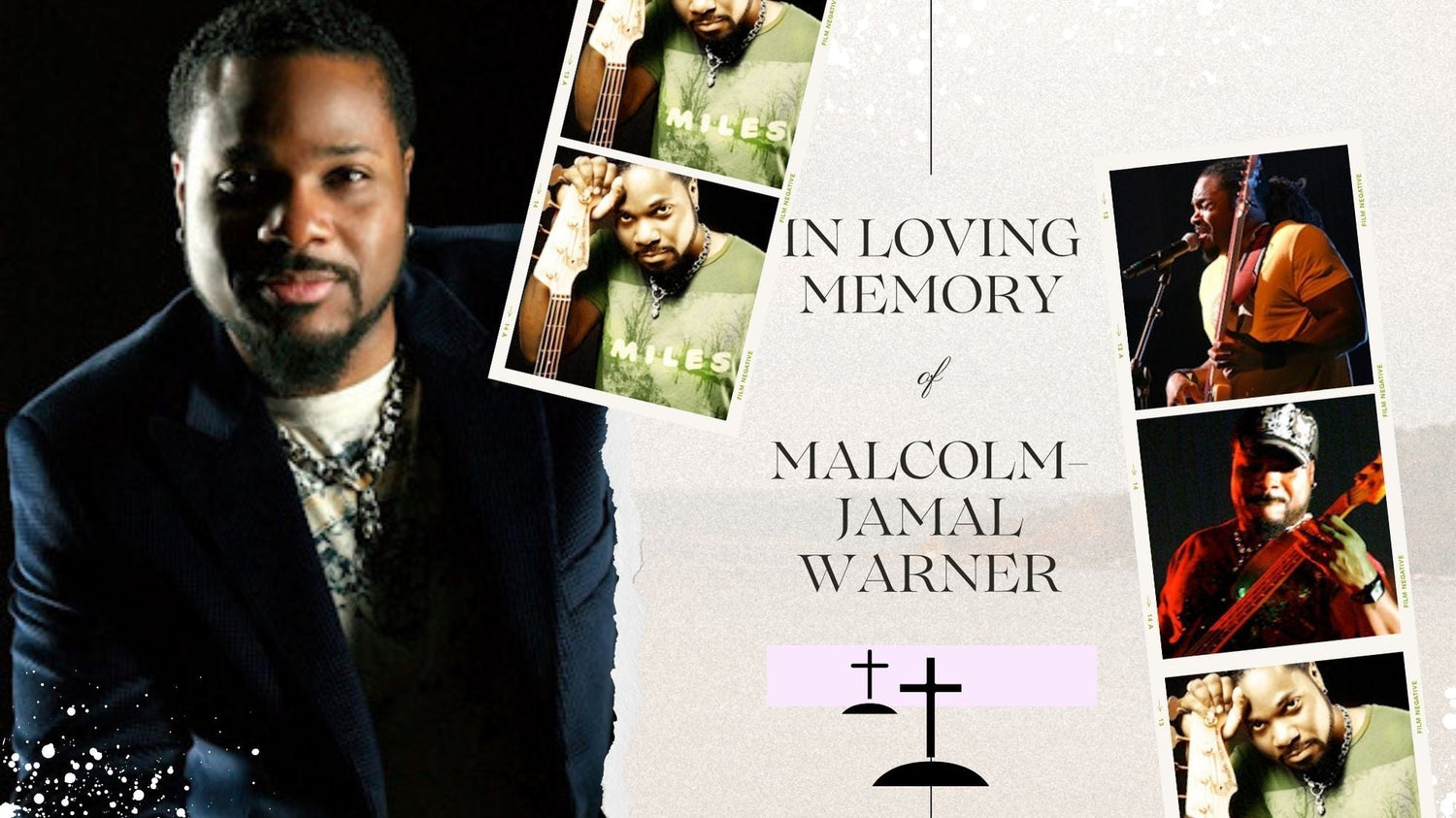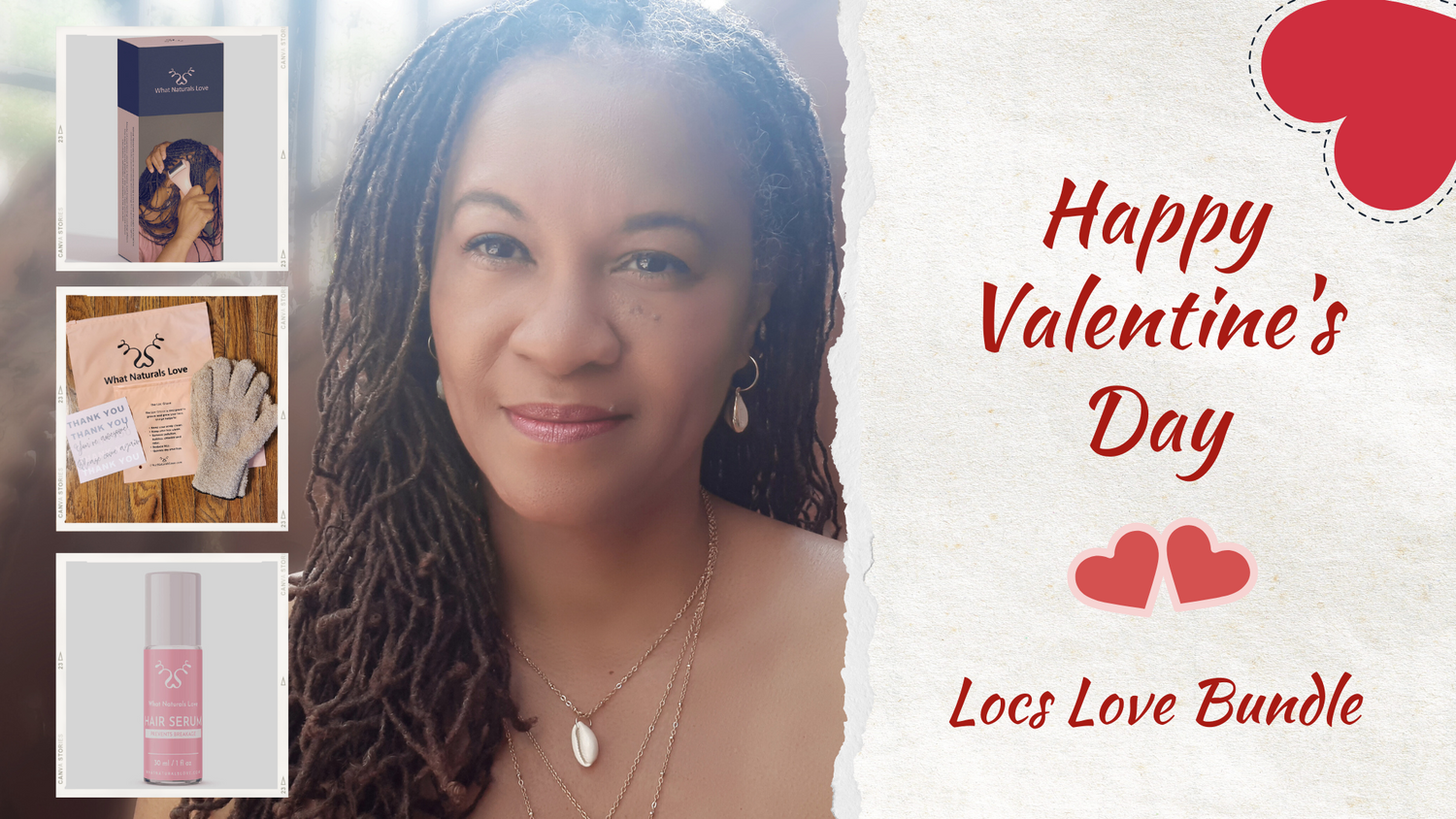The Ultimate Guide to Cold Therapy for Braids, Locs & Extensions
That feeling of a fresh retighten or a new set of braids is unmatched. It’s clean, sharp, and styled to perfection. But along with the beauty can come a less welcome sensation: a tender, sore, and tight scalp. If you've ever felt that post-salon throb, you're not alone. The good news is that relief can be simple, effective, and right in your freezer.
Cold therapy, also known as cryotherapy, is a game-changer for scalp care, especially for those of us with locs and protective styles. It’s a technique that provides instant soothing and supports long-term scalp health. As many in our community have shared in videos and testimonials, the relief isn't just physical—it's deeply therapeutic. This guide will walk you through exactly why and how to make cold therapy a vital part of your hair care routine.
We had Actor Alfonso Walker try the Scalp Roller for the first time and recorded his response. Click to buy the Scalp Roller for Locs & Braids.
The Science Behind the Soothe: Why Cold Therapy Works
When your hair is pulled into a tight style, the tiny follicles on your scalp can become inflamed and stressed. Cold therapy works by calming this reaction in a few key ways. It’s similar to placing a cold pack on a sore muscle after a workout.
- Reduces Inflammation and Swelling: The cold temperature constricts blood vessels, which helps reduce swelling and inflammation around the hair follicles. This is the primary source of that tight, tender feeling.
- Calms Nerve Endings: Cold has a numbing effect on nerve endings. This provides immediate, noticeable relief from soreness and the persistent ache that can sometimes follow a salon visit.
- Boosts Circulation: After the cold is removed, your body works to warm the area back up. This process, known as rebound circulation, rushes fresh, oxygenated blood to your scalp, which is excellent for follicle health.
When to Reach for the Cold
Timing is everything. Cold therapy is most effective when used strategically to address specific scalp issues.
- Immediately After a Fresh Style: Use it within the first 48-72 hours after getting new braids, a loc retighten, or any protective style that feels snug.
- On Tension Hotspots: Focus on sensitive areas that feel the most pull, like your edges, the nape of your neck, or the crown of your head.
- To Calm Itchiness: If your scalp feels itchy and irritated from the tension, a quick cooling session can provide instant relief without the need for scratching, which can damage your hair and scalp.
Jenay also tried it and recorded her response. Click to buy the Scalp Roller for Locs & Braids.
Safe and Effective Cooling Methods
How you apply the cold is just as important as when you apply it. The goal is to soothe, not shock, your scalp. Always be gentle and mindful.
What to Use:
- Ice Roller: A cryo or ice roller is the ideal tool. It stays cold, rolls smoothly over the scalp without friction, and won't drip water into your hair.
- Wrapped Ice Pack: Place a few ice cubes in a clean, dry cloth or a small plastic bag wrapped in a towel.
- Chilled Aloe Vera or Rosewater: For a milder approach, keep a bottle of pure aloe vera gel or rosewater spray in the fridge. The gentle coolness is incredibly soothing.
Get the Scalp roller and Silk Bundle.
Key Precautions:
- Never Apply Ice Directly: Always use a barrier, like a cloth or a roller, between the ice and your skin to prevent ice burn.
- Keep It Moving: Gently glide the roller or compress over the sore areas for 5-10 minutes. Don’t hold it in one spot for too long.
- Avoid Drips: Ensure your cold source isn't melting and dripping water into your locs or braids. Excess moisture trapped in new styles can lead to frizz or even mildew if not dried properly.
- Listen to Your Body: If the sensation feels like burning or the soreness persists for more than a few days, your style may be too tight. It might be necessary to gently loosen it.
Your Step-by-Step Cold Therapy Scalp Routine
Incorporate this simple routine into your wash day or post-salon care for a happy, healthy scalp.
- Prep: Start with a clean scalp. If using a tool like an ice roller, make sure it is clean and has been chilled in the freezer for at least a few hours.
- Cool: Gently roll your ice roller or press your cold compress against the tense parts of your scalp. Move it slowly between your parts and along your hairline. Breathe deeply and enjoy the calming sensation. Do this for 5-10 minutes.
- Soothe: After the cooling session, you can apply a very small amount of a lightweight, calming product. A few drops of a quality scalp serum or a spritz of refrigerated rosewater works well.
- Dry: This step is crucial. If any moisture got onto your hair, gently pat it with a microfiber towel or use a blow dryer on a cool, low setting to ensure your locs or braids are completely dry at the root.
Many more happy customers who have tried the Scalp Roller with great results. Click to buy the Scalp Roller for Locs & Braids.
Frequently Asked Questions
Let's clear up some common questions about using cold therapy on your scalp.
Will the cold permanently close my hair cuticles?
No. While cold water rinses are known to temporarily seal the hair cuticle for shine, the targeted and brief application of cold to your scalp won't permanently alter your hair structure. Its primary benefit is for the skin on your scalp.
Can cold therapy slow down my hair growth?
Quite the opposite. By reducing inflammation and boosting post-cooling blood flow, you're creating a healthier environment for your hair follicles to thrive. Chronic inflammation is a known inhibitor of healthy hair growth, so calming it is beneficial.
How often can I use it?
You can use it daily for the first 2-3 days after a tight style. After that, use it as needed whenever you feel scalp tension or itchiness.
Is it suitable for a sensitive scalp?
Yes, it's often perfect for sensitive scalps because it's a non-chemical way to reduce irritation. Just be sure to start slowly and use a protective barrier like a cloth. If you have a specific skin condition, it's always wise to check with a dermatologist first.
Holistic Care for a Healthy Scalp
Cold therapy is a powerful tool, but it works best as part of a complete care routine. True hair health is about creating a supportive ecosystem for your scalp and hair.
- Protect Your Style at Night: Sleeping on a silk or satin pillowcase reduces friction, which prevents tension, frizz, and breakage. It helps preserve your style and protects your delicate edges.
- Support Your Scalp Barrier: After calming inflammation with cold therapy, nourish your scalp with a lightweight scalp serum. A good serum provides hydration and nutrients without clogging pores or causing buildup.
- Hydrate from Within: A healthy scalp starts from the inside. Drinking plenty of water is essential for keeping your skin, including your scalp, hydrated and resilient.
Ready to invest in your scalp's comfort? A bundle is a great way to start.
- For total protection, pair the Scalp Roller with a Silk Pillowcase to soothe by day and protect by night.
- For targeted nourishment, combine the Scalp Roller with a lightweight Scalp Serum to calm and feed your follicles.
Making cold therapy a part of your regimen is an act of self-care. It honors the connection between a calm scalp and beautiful, healthy hair.






